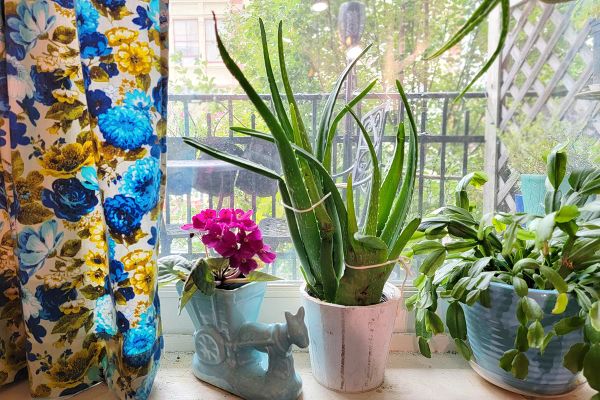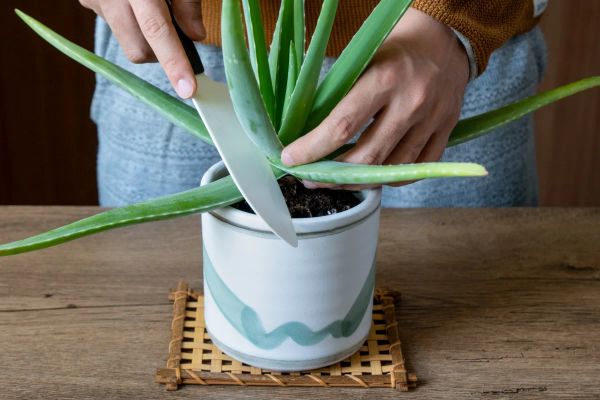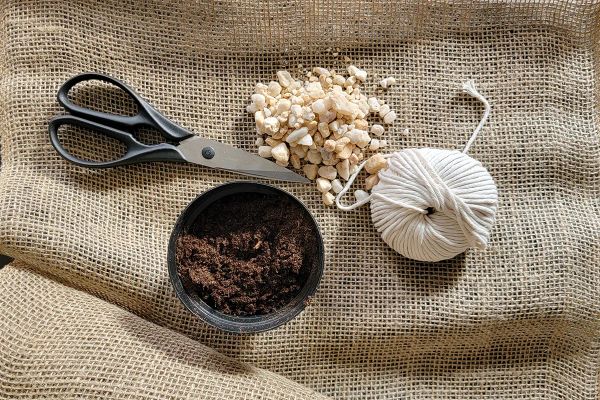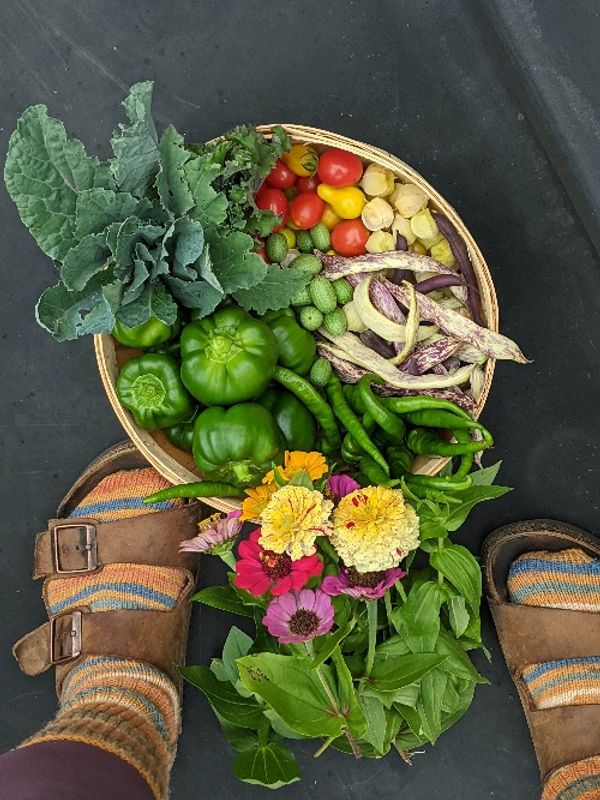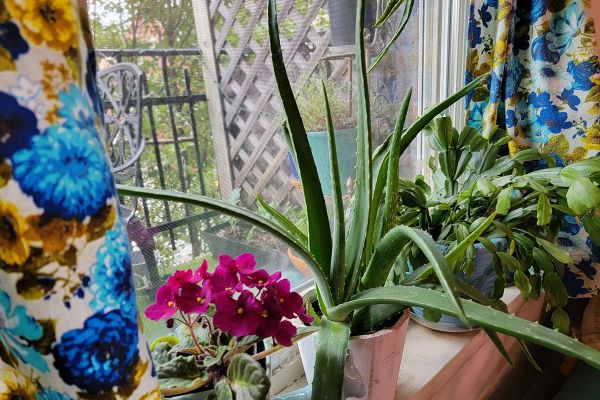
If you are a proud owner of an aloe vera plant, then you already know the joy of having such a versatile and easy-to-care for houseplant. But did you know there are a few things that every aloe plant owner should know? Knowing these tips and tricks will not only make caring for your aloe plant easier but also help it thrive for years to come.
Aloe Plant Care Basics
Let’s start with the basics of caring for your aloe plant. Aloe vera, also known as Aloe barbadensis Miller, is the most commonly grown aloe variety. However, the care requirements remain the same for all aloes. Here are the key care guidelines:
- Aloe needs at least 4-8 hours of bright sun a day, with a minimum of six hours to prevent it from becoming stretched and leggy.
- Since aloe is a succulent, it stores water in its leaves and doesn’t need frequent watering. Allow the soil to completely dry out between waterings and empty any standing water in the pot’s saucer.
- Use a potting mix specifically formulated for succulents or cacti, ensuring it has good drainage. Always choose a pot with a drainage hole to prevent waterlogged roots.
- Use a succulent fertilizer, applying it monthly to bimonthly during spring and summer. Remember to flush the soil with pure water between fertilizing to remove any salt buildup.
1. Growing Thick, Chunky Aloe Plants
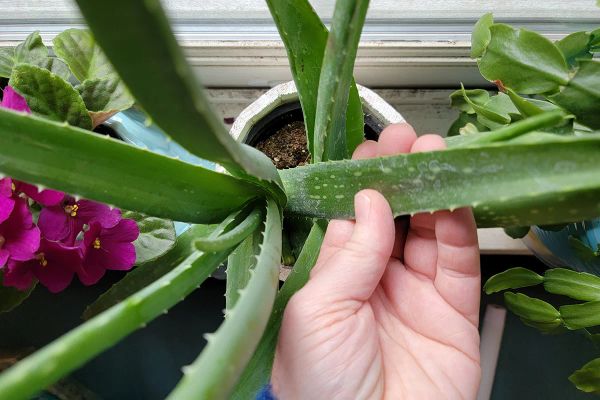
If you want your aloe plant to have thick, robust leaves, there are a couple of tricks you can try. Firstly, let your plant dry out completely between waterings. Contrary to popular belief, watering an aloe frequently does not lead to thicker leaves. By allowing the soil to dry out before watering, the aloe stores water in its leaves, resulting in chunkier growth.
Secondly, make sure your aloe plant has access to bright light. Adequate sunlight is essential for photosynthesis, allowing the plant to sustain larger leaves. Aim for at least eight hours of bright sun daily to promote optimal growth.
2. Training Aloe to Grow Straight Up
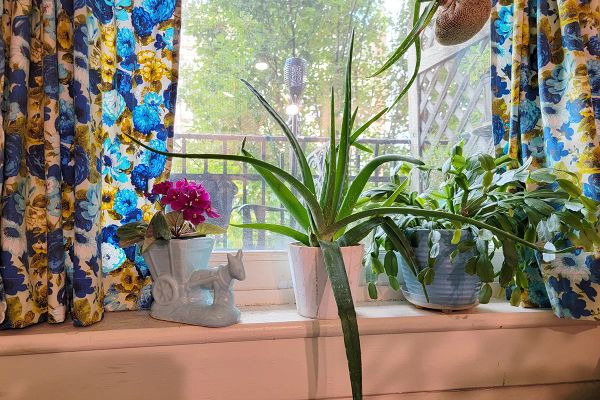
While aloe vera plants tend to grow straight when exposed to overhead sun, they might start spreading sideways when placed indoors. The good news is that you can easily train your aloe to grow upright indoors.
To do this, wrap a string, twist tie, or a strip of paper loosely around the outside of the aloe crown. Tighten it slightly each day for about five days. Afterward, remove the string or tie. Moving the plant to a location with at least eight hours of bright sun a day and rotating the pot twice a week will help maintain its upward growth.
3. Propagating Aloe Using Pups
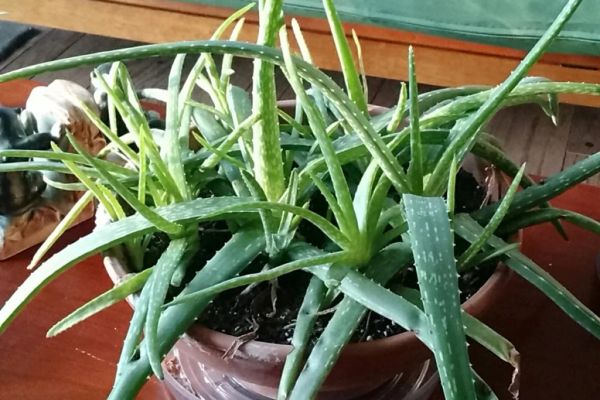
Propagating aloe from leaf cuttings can be challenging due to the high moisture content in the gel-filled leaves. Instead, aloe plants naturally produce baby clones, known as pups, which are perfect for propagation.
Pups grow attached to the parent plant and can easily be separated and replanted. This is an excellent way to expand your aloe collection or share with friends and family.
For a step-by-step tutorial on propagating aloe using pups, check out our guide on growing aloe from separate plants.
4. Aloe Vera Can Cure Your Sunburn, But It Can Get Sunburned Too
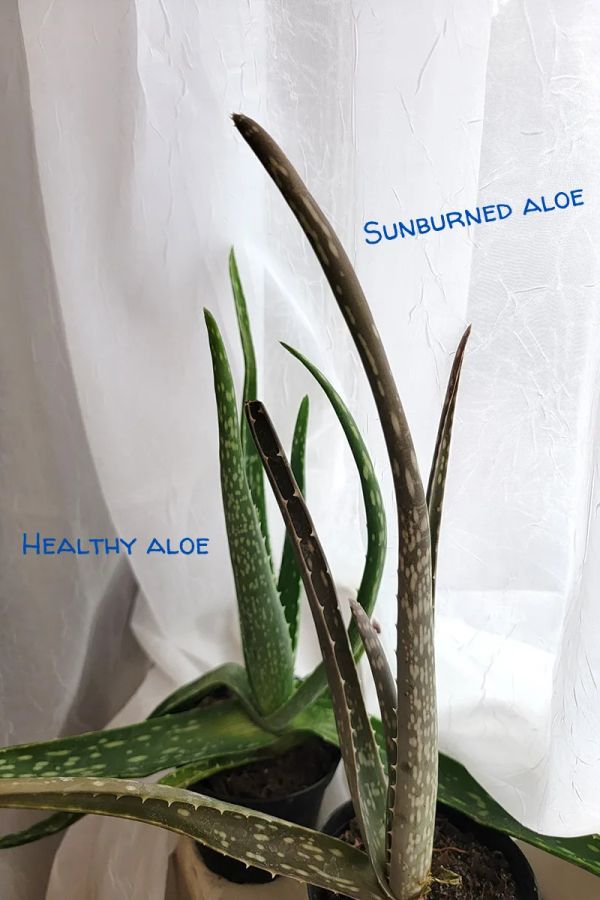
Aloe vera is often mistaken for a cactus, leading people to place it in direct sunlight. However, aloe vera is a succulent and requires different care than cacti. The spiky leaves of aloe vera can get sunburned if exposed to too much direct sunlight.
If you notice the tips of your aloe leaves turning brown or red, it’s a sign of sunburn. To remedy this, move the plant away from direct sunlight or use a sheer curtain to diffuse the light. Avoid keeping your aloe plant in excessively hot or sunny spots, especially during midday when the sun is strongest.
5. Easily Harvest Aloe Vera Gel for Your Use
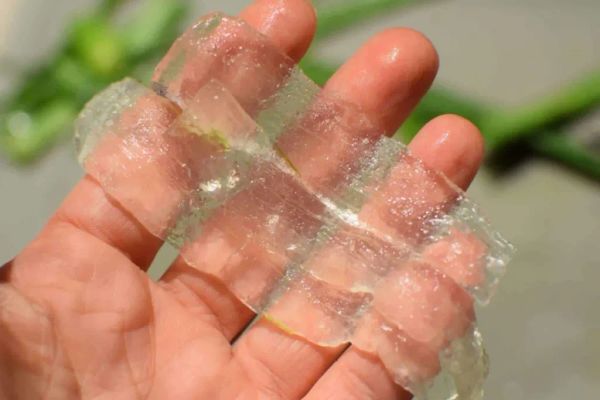
Instead of relying on commercially produced aloe vera gel, you can easily harvest fresh gel from your own aloe plant whenever needed. Harvesting aloe vera gel involves slicing a spear at the base, draining the latex, peeling the outer skin, and then blending the gel in a blender.
By maintaining an aloe plant at home, you’ll always have access to the freshest and most nutrient-rich aloe vera gel.
6. Preventing and Treating Root and Base Rot
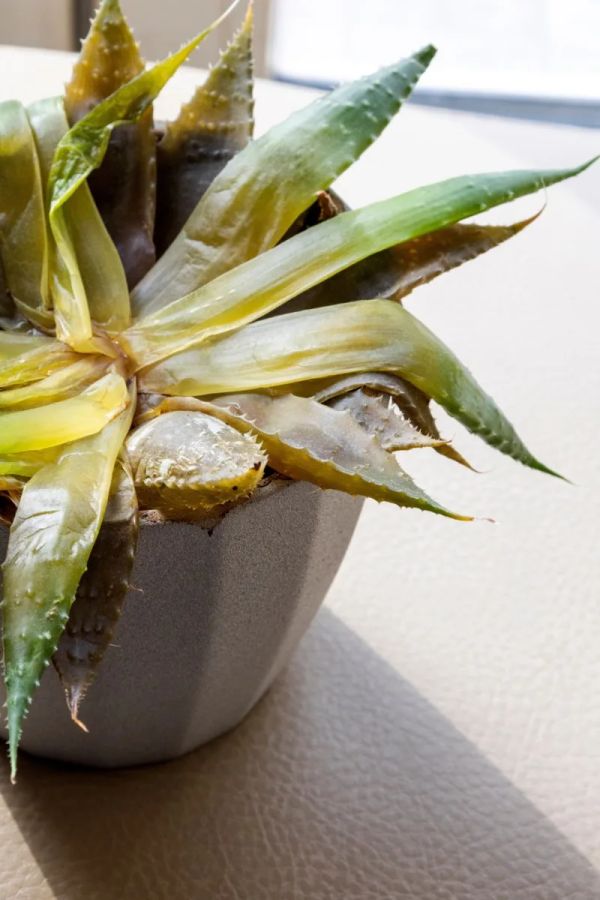
Aloes, like other succulents, are prone to diseases resulting from sitting in wet soil for prolonged periods, such as root and base rot. However, both these conditions are easily preventable.
To prevent base rot, sprinkle the top layer of potting mix with perlite or sand to avoid the plant sitting on damp soil. For root rot prevention, check the soil moisture by sticking your finger in before watering and ensure the plant has dried out from its previous watering.
If you do encounter base rot or root rot, promptly remove the affected parts, let the plant dry out for a few days, and replant it in well-draining soil. Keeping the plant in a warm and sunny location will aid recovery.
7. Growing Aloe as an Air Plant
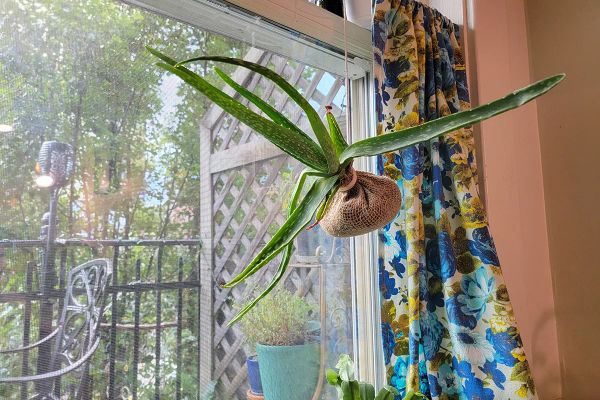
Did you know that aloes can also be grown as air plants without the need for soil? This allows you to hang them and free up surface space for other plants. You can use pebbles and a mix of coconut coir, along with a square of burlap or tulle to hold the roots. Hang the aloe plant in a sunny location using twine or string.
Although air-grown aloes require more frequent watering than other air plants, it’s still relatively easy. Soak the wrapped roots in a saucer of water for a few minutes, then let them drain before returning the plant to its hanging spot. Spray the root ball every few days if you prefer to avoid any potential drips.
For a detailed step-by-step tutorial on growing aloe as an air plant, refer to our complete guide on growing aloe as an air plant.
By following these fascinating tricks and tips, your aloe plant will not only survive but also thrive, bringing beauty and health benefits to your home. So keep nurturing your aloe and enjoy the many wonders it has to offer!
Note: If you’d like to receive more interesting articles and updates, subscribe to our Rural Sprout newsletter delivered directly to your inbox.

